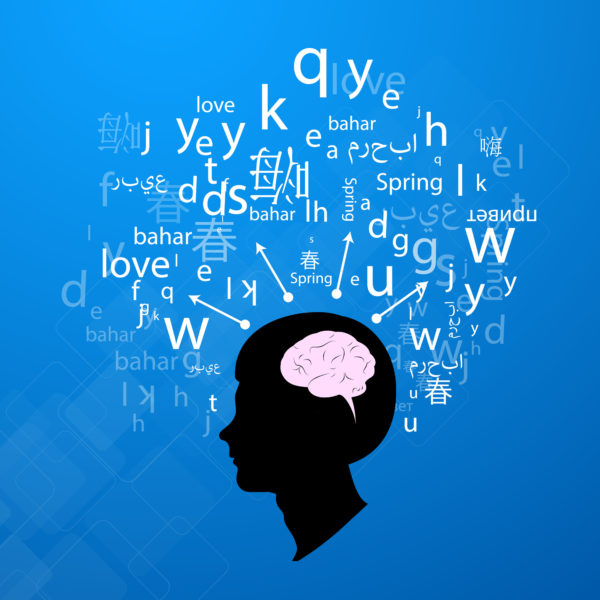Most K-12 educators (80 percent) said they believe English Language Learner (ELL) instruction is a top priority for their school or district, according to a new survey.
Ninety-nine percent of surveyed educators also said they need more professional development and different types of learning materials to properly support ELL students and meet their needs, according to the 2017 EL Education Report from McGraw-Hill Education. Only 55 percent of respondents believe that their school or district provides sufficient, ongoing professional development to support ELL student success.
Newer ELL educators (those who have worked in ELL education for less than two years) are significantly less confident than more experienced educators in their ELL training and development, with only 36 percent of new respondents feeling they have received enough professional development compared to 70 percent of more experienced educators.
Next page: What do teachers say are the most effective instructional materials for ELL students?
The survey reveals that educators see ELL enrollment increasing steadily in their schools and districts, though more rapid growth appears to be in the Northeast, Midwest, and Southern regions (compared to the West).
Spanish continues to be the most common language spoken by ELL students–but educators also report having ELL students who speak Arabic, Mandarin, Vietnamese, Tagalog, and Russian, which highlights the ongoing demand for ELL instruction that accommodates a diverse group of students.
With diverse language, cultural, and educational backgrounds of ELL students, teachers continue to use curated and customized learning materials, which can be more time-consuming and challenging to develop.
A large percentage of respondents said they believe digital materials, including video and audio resources, and adaptive learning technologies are among the most effective for ELL instruction (92 percent and 87 percent of respondents, respectively), compared to printed workbooks and textbooks (67 percent and 61 percent of respondents, respectively).
Free online educational resources are among the most common instructional resources used for ELL instruction (used by 63 percent of educators), followed by video and audio (59 percent) and textbooks (59 percent).
Despite the perceived higher efficacy of adaptive learning tools, fewer than half of the respondents currently use adaptive learning technologies (44 percent).
The survey also shows that while the majority of respondents believe that ELL instruction helps students become more proficient in English (93 percent), they are less likely to agree that ELL instruction is helping students become career or college ready (84 percent and 79 percent, respectively).
- Friday 5: College and career readiness - April 12, 2024
- Cybersecurity: eSN Innovation Roundtable - April 11, 2024
- School-home communication remains a challenge for many districts - April 10, 2024

